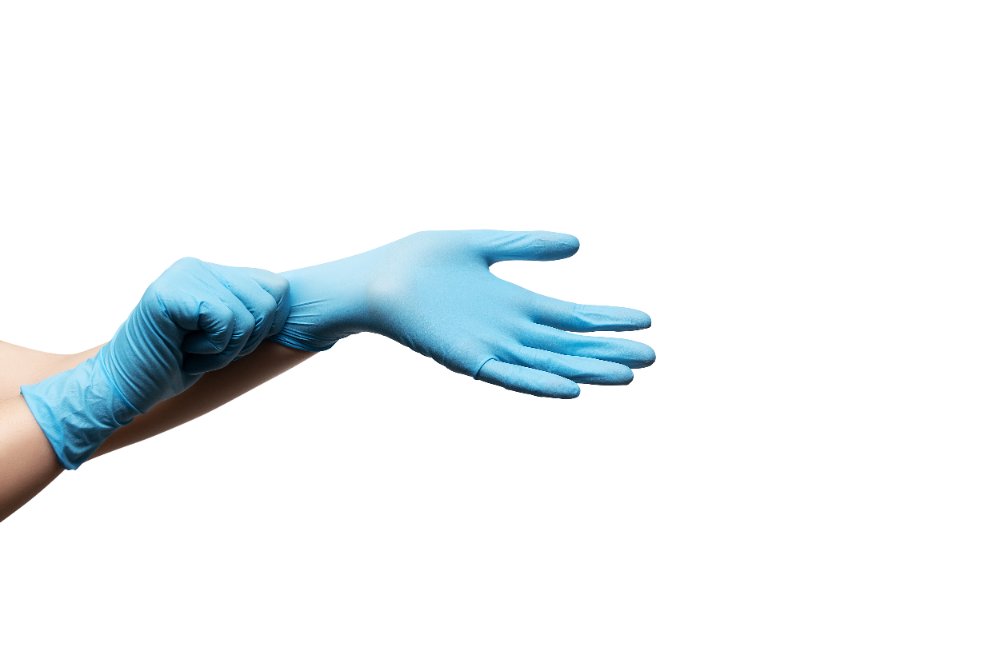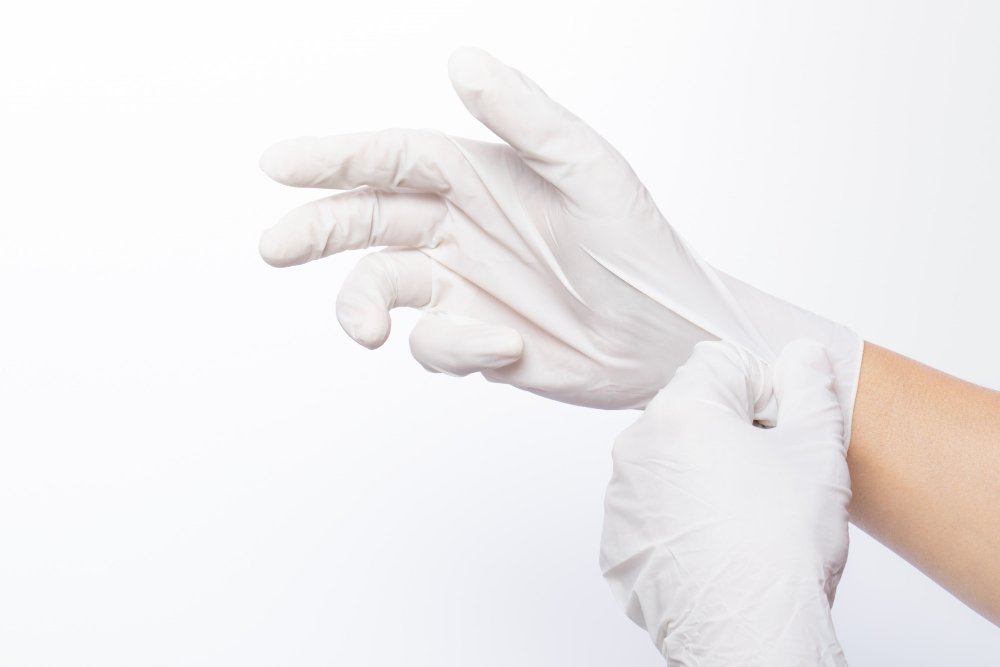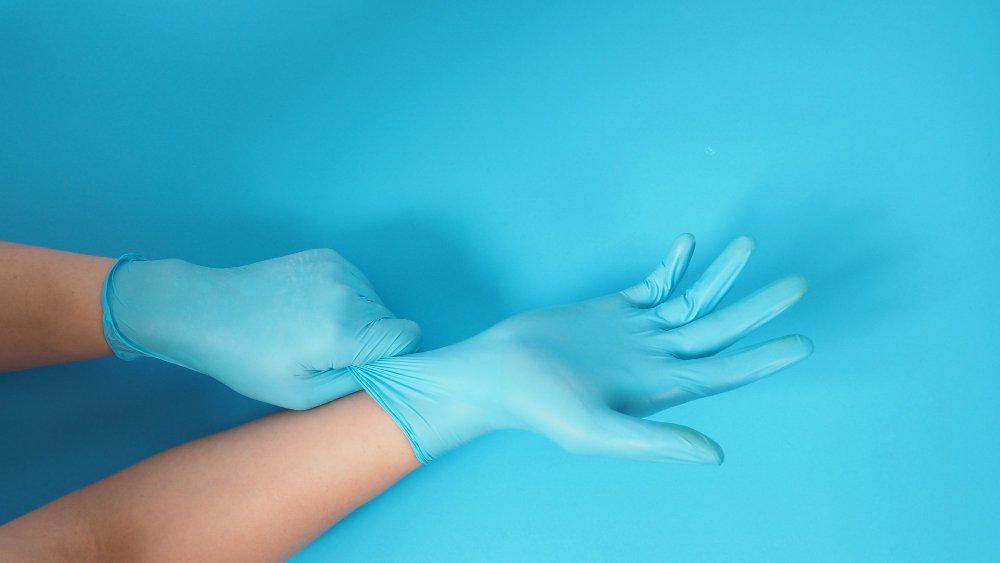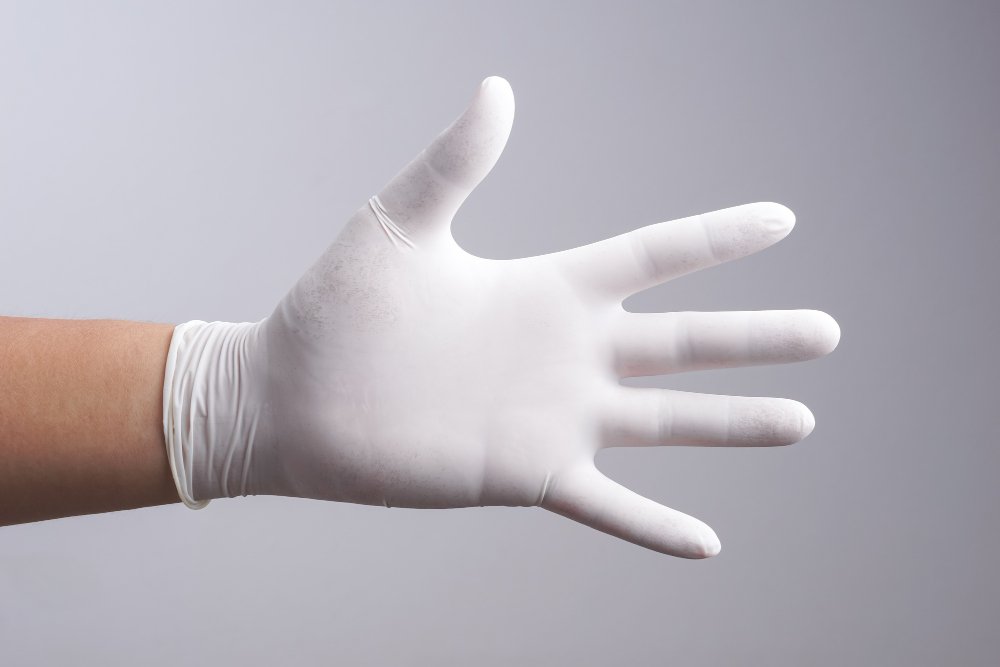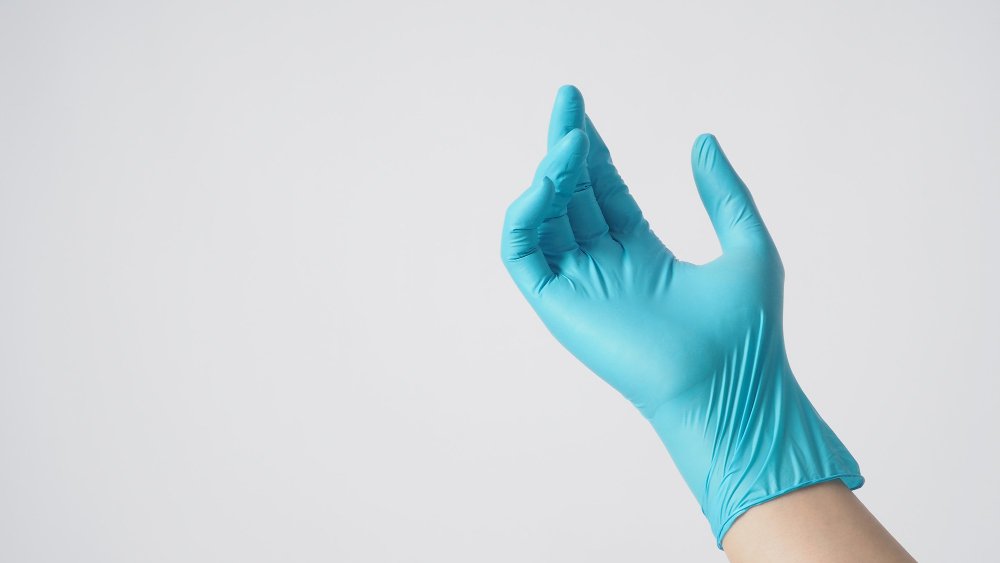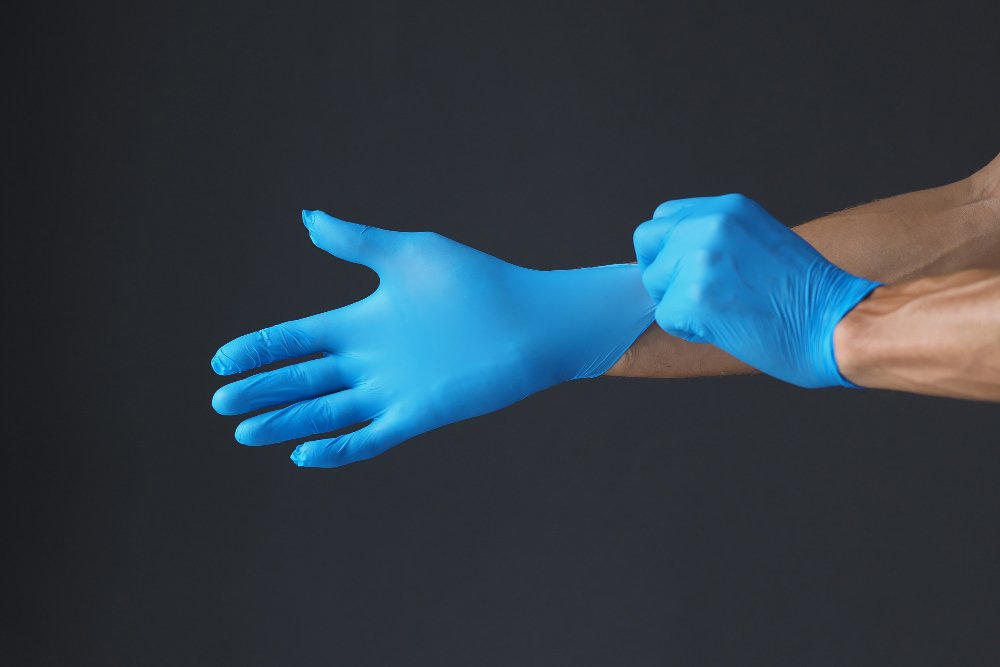Surgical Gloves Manufacturing Company in India
Find out why Banshi Medicare is the premier surgical gloves manufacturing firm in India delivering quality gloves suitable for health care profiles. In as much as delivering healthcare, it is very important to prioritize safety of patients and entire healthcare workers. A vital aspect of safety is that proper quality of surgical gloves ought to be employed. India has diversified businesses but Banshi Medicare can be considered as a reliable surgical gloves manufacturer in India providing quality gloves to fit international standards. This page aims at discussing why Banshi Medicare is an industry leader and in the following section will briefly discuss its extensive range of surgical gloves. The Use of Surgical Gloves Surgical gloves are used in surgeries to prevent bacterial growth hence stopping ailments from advancing or even occurring. In the case of a simple check-up or a major surgery, a glove spaciously shields a health care professional from the patient. Banshi Medicare Ltd is one of the well-known surgical gloves manufacturing units in India and takes into consideration the quality, safety as well as technology used in its brand. Why Should One Depend on a Good Surgical Gloves Manufacturing Firm in India? India has lots of manufacturers but choosing the right company like Banshi Medicare guarantees you with both quality and comfortable gloves that will enhance precision. Here’s what sets us apart: Commitment to Quality: Banshi Medicare is committed to delivering quality services not as an extra or just as an added option. We supply our surgical gloves from our factories that have modern equipment for production that has passed through ISO and CE certifications. Wide Product Range: As the leading surgical gloves manufacturing company in India, it is our pleasure that we supply the different types of gloves that meet medical needs. Our products run from latex to nitrile, powdered to powder-free with options to meet all the requirements. Affordable Pricing: Our gloves are affordable but their quality is good and they can meet hospitals. Clinics and other health care facilities’ needs.4. Sustainability and Innovation At Banshi Medicare, great efforts are made in implementing the newest technology and considering the environmentally friendly solutions to produce gloves that perform well, in addition to being as environmentally friendly as possible. Discover Our Wide Portfolio of Range Powder-Free Latex Surgical Gloves These gloves have been developed to come with enhanced comfort and ease of manoeuvring the hands. They feature: Minimum chemical residue because of skin sensitization. Small cuffs that can slide and fit around the wrist and ankle quickly. Ridge like texture for better holding ability. Explore now: Powder-Free Latex Surgical Gloves. Pre-Powdered Latex Surgical Gloves Ideal for professionals who prefer powdered gloves for easier donning, these gloves offer: Better fit and improved sensitivity to the objects’ texture. Perhaps a type of beaded cuffs to avoid roll-back. Explore now: Powdered Latex Surgical Gloves Powder-Free Nitrile Surgical Gloves Perfect for individuals with latex allergies, these gloves provide: Outstanding resistance to punctures. An ergonomic design of the fingertips which increases the ability to grip and provide precision on any surface. Explore now: Powder-Free Nitrile Surgical Gloves Why is Banshi Medicare the Best Surgical Gloves Manufacturing Company in India? Unmatched Expertise: Having operations in the healthcare sector, Banshi Medicare has developed efficiency in its manufacturing to produce best quality gloves from a safety measures point of view. Complex Manufacturing Structures: All our production units are fully computerized and have accurate equipment needed in production to ensure that quality is improved. Global Reach: Even though we are located in India, our products are being used by physicians all over the world as evidence of our quality services. Customized Solutions: Realizing that each healthcare facility has its requirements, we provide individual approaches to provide you with the proper gloves. Conclusion Selecting the right surgical gloves manufacturing company in India is crucial so as to protect your patient and staff. Customers are assured of quality, innovation and satisfaction when they choose Banshi Medicare that has been built on a rich tradition. Visit and shop with us and feel the distinct quality we offer.



